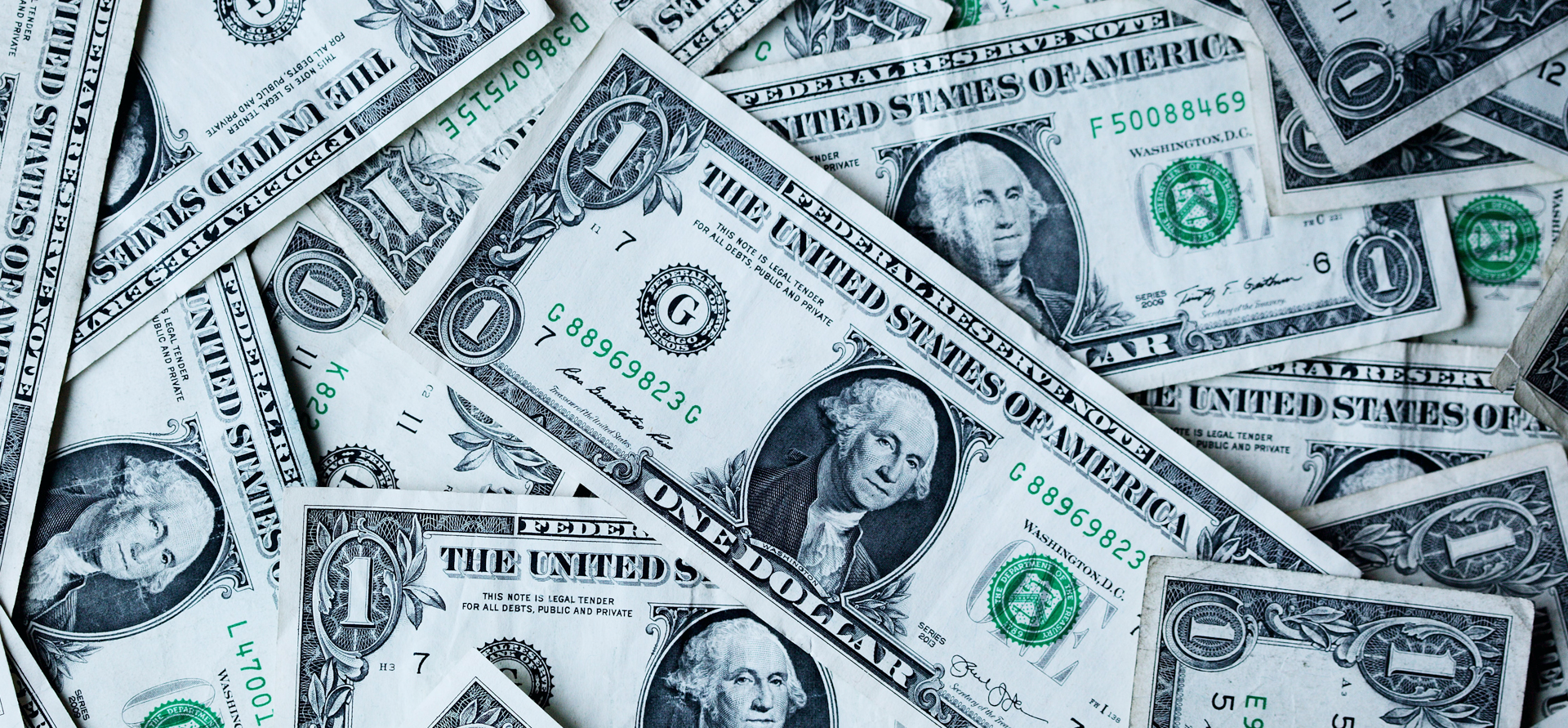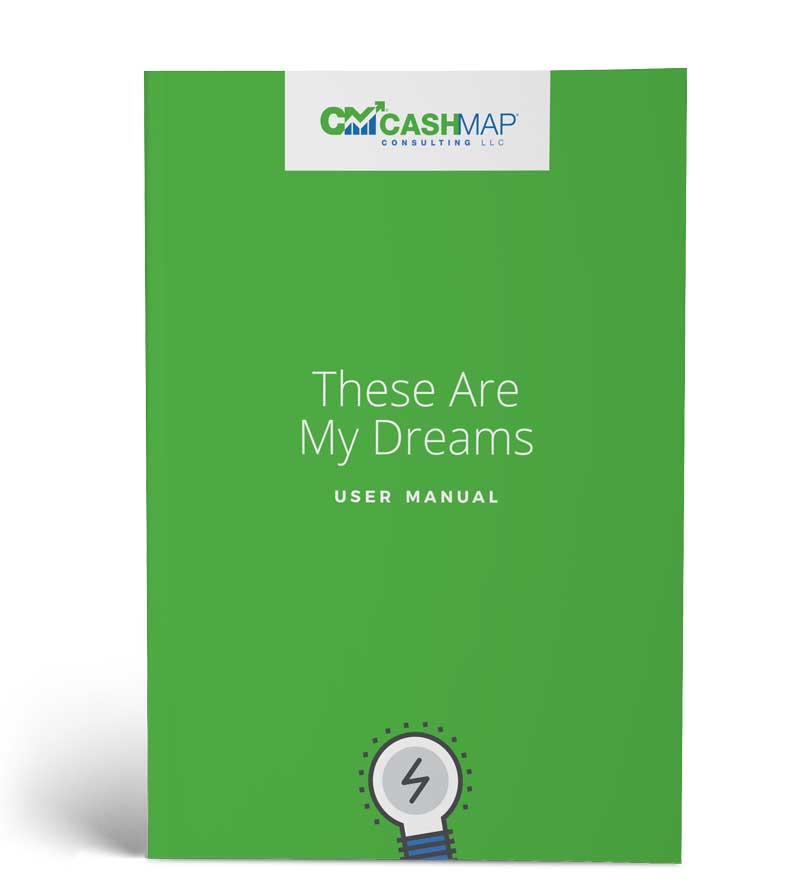
27 Apr Easy Access to Our Cash is Expensive!
The convenience of having our money at our fingertips feels great. We know we should budget; however, we don’t think about the cost of this wonderful convenience. Let’s take a closer look and calculate the cost of this convenience.
Lazy Dollars Keep Us from Saving
Most of us don’t save enough. When I’ve asked a number of financial advisors how much their clients save, I’ve been told that their more aggressive clients rarely save more than 30 percent of their positive cash flow. I was shocked! If we haven’t created a budget, we don’t know our positive cash flow. This means we can’t calculate the cost of our lazy dollars. Managing your cash from your savings account or your line of credit solves this problem. Let’s revisit our most recent example using our mortgage.
Recap of Our Example
Your take home pay is $5,025 each month and it’s deposited on the first of each month. You have $1,000 left after you pay all your bills. This is your positive cash flow. Annually, you anticipate you’ll receive a 3 percent raise and you plan on saving 33 percent of each year’s increase. You have a $285,430 4.0 percent mortgage that you’ve had since September 2013. The monthly principal and payment of $1,362.69 is due on the 1st; however you have a 15-day grace period. You’ve saved four months of expenses totaling $16,100. Even though the interest rate on your mortgage is just four percent, you want to pay down your mortgage. Consequently, you want to continue saving $300 each month. This is thirty percent of your positive cash flow. The interest rate on the line of credit is 4.0 percent.
To Use or Not to Use Your Line of Credit
If we never created a budget, we won’t realize that we have $700 lazy dollars that could be directed toward achieving the goals that are most important to me. Things come up and fortunately there’s enough to cover these ‘events’. But what would have happened if we had created a budget and we knew we had a positive cash flow of $1,000? What is the cost of our lazy dollars?
Failing to Budget is Expensive
If we use CashMap’s Line of Credit Strategy, our mortgage and our line of credit will be paid in full by December 2026 and in twenty years, our savings account will have a balance of $521,999.
70% Lazy dollars means a mortgage payoff date of 8-1-43 and savings totaling $255,394.
60% Lazy dollars means a mortgage payoff date of 4-1-38 and savings totaling $255,394.
50% Lazy dollars means a mortgage payoff date of 12-1-34 and savings totaling $255,394.
With the next drop in lazy dollars, the mortgage payoff date falls below twenty years so we’ll now see our savings account balance begin to increase. Let’s continue.
40% Lazy dollars means a mortgage payoff date of 8-1-32 and savings totaling $279,437.
30% Lazy dollars means a mortgage payoff date of 11-30-30 and savings totaling $328,028.
20% Lazy dollars means a mortgage payoff date of 6-1-29 and savings totaling $386,150.
10% Lazy dollars means a mortgage payoff date of 4-1-28 and savings totaling $451,716.
5% Lazy dollars means a mortgage payoff date of 10-1-27 and savings totaling $486,502.
0% Lazy dollars means a mortgage payoff date of 4-1-27 and savings totaling $504,336.
Over twenty years, the convenience of having our dollars at our fingertips has cost us $266,605. What’s your ratio of lazy dollars? Do you think it might be worth your time to take a second look at how you manage your cash?
Ready to start your journey towards financial freedom? Get started today!
Thanks for joining me. I’d love to hear from you. Please send your questions, topics or suggestions to dennis@cashmapconsulting.com. You can also follow me on twitter at cash_map.



No Comments